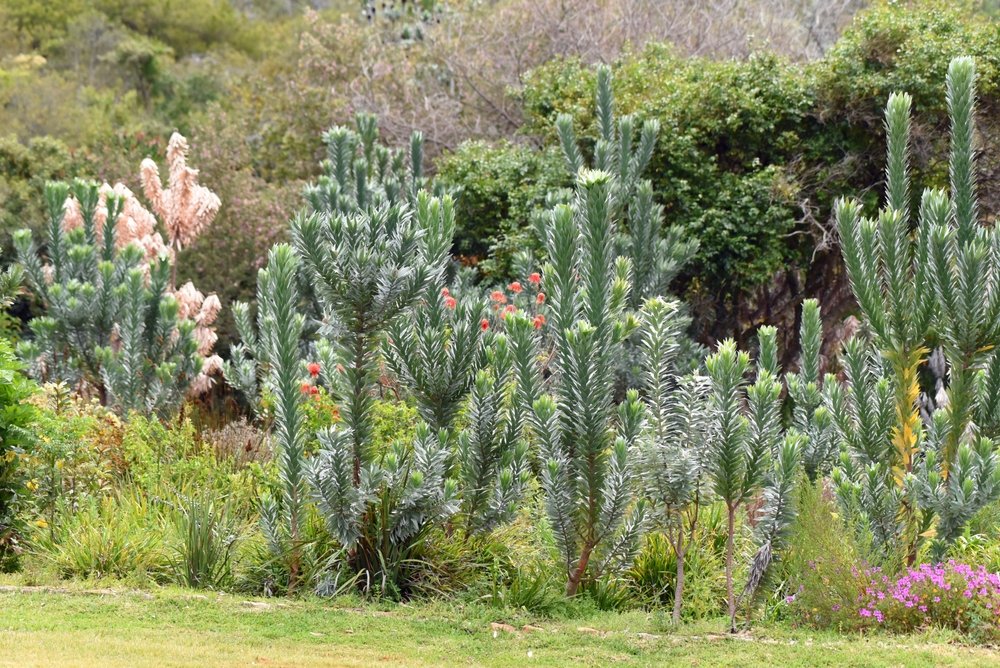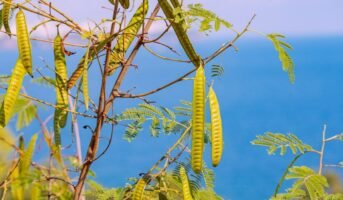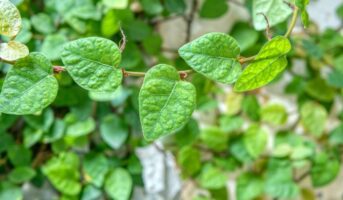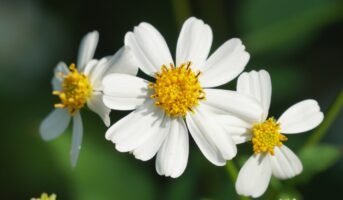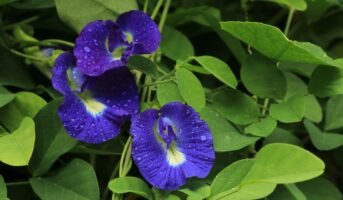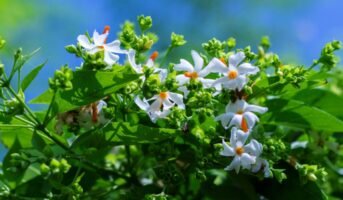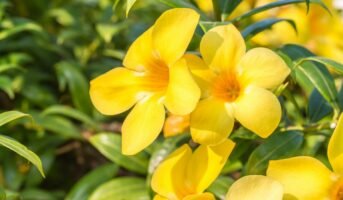The flowering plant species known as the silver tree, or Leucadendron Argenteum, belongs to the Proteaceae family. In the Western Cape’s fynbos region, you can find silver trees, also known as silver bushes, which are native to South Africa. The silver tree can grow up to 6-10 feet tall and has small, cone-shaped flowers that bloom in the spring and summer.
It is drought-tolerant and thrives in well-draining soil and full sun, making it suitable for growing in Mediterranean climates. The silver tree is frequently grown as an attractive plant for landscaping and gardening. It is also popular as a cut flower in arrangements.
See also: Blossom flowers: Quick facts, types, and uses

Source: Pinterest
Silver tree: Key facts
| Name | Leucadendron Argenteum |
| Common names | Silver tree or Silver bush |
| Family | Proteaceae |
| Origin | South Africa |
| Soil | Loamy, sandy soil or moist |
| Temperature | 16-24°C |
| Sunlight | Well-drained soil and full sun |
| Flowers | Small and yellow |
| Leaves | Long and narrow |
| Indoor/Outdoor | Both |
Silver tree: Physical description
Leucadendron Argenteum is a tall, attractive tree that stands erect at a height of 7 to 10 metres. It has a sturdy trunk and thick, grey bark, with upright branches covered in large lance-shaped leaves that are up to 150 x 20 mm in size. The leaves overlap each other up the stem, covering the thick branches. The leaves have a silver-grey colour and are covered on both surfaces with thousands of tiny, soft, silvery hairs, with long white hairs on the fringe. The silver sheen of the leaves is due to the presence of these hairs, and the intensity of the sheen varies with the weather. In hot, dry weather, the hairs lie flat, making the leaves appear more silver, while in wet weather, they stand more erect to allow for better air circulation.
Silver tree is dioecious, meaning that the male and female flowers are borne on separate plants. The flowers are in dense heads at the branch tips, surrounded by leaves known as involucral leaves. The involucral leaves do not change colour while the tree is in flower, but they open wider, catching the light at a different angle and shining brighter silver than the rest of the leaves. The male trees are more showy, with more prolific flowering and brighter involucral bracts. The male flower heads are bright yellow balls that appear to glow inside the silver leaves. Both the male and female flower heads have a faint, pleasant scent.
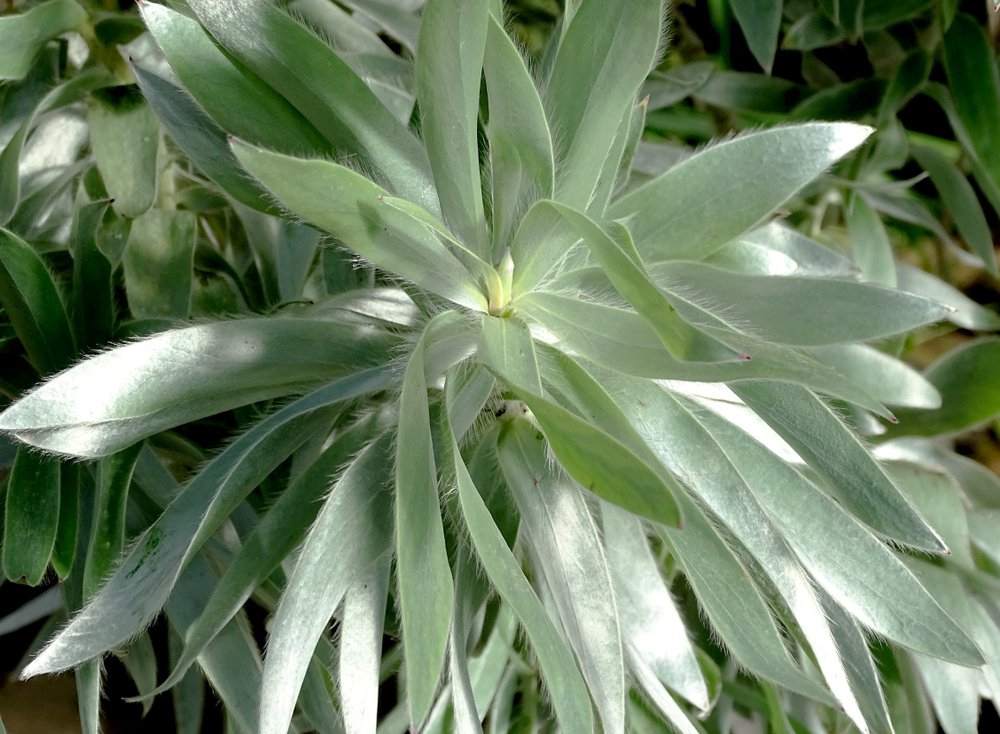
Source: Shutterstock
Silver tree: How to grow?
Leucadendron Argenteum or silver tree is a popular ornamental plant known for its attractive silver foliage and bright red or yellow flowers. To propagate a silver tree, you can take stem cuttings from an existing plant and root them in soil or water.
Here is a general guide to follow:
- Choose a stem cutting from a healthy, mature silver tree. It should be about 6 inches long and have at least two leaf nodes (the small bumps on the stem where leaves grow).
- Discard any leaves from the bottom half of the stem cutting.
- Dip the bottom end of the stem, cutting in the rooting hormone, which can help promote root growth.
- Put the stem cutting in a pot filled with a well-draining soil mix, or place it in a jar of water.
- Place the pot or jar in a warm, sunny location and keep the soil moist but not soggy.
- After a few weeks, you should see new growth in stem cutting. When the cutting is well-rooted and has developed a good root system, you can transplant it into a larger pot or the ground.
It’s important to remember that not all silver trees will root successfully, so it may take a few tries before you are successful. Also, use a clean, sharp knife or scissors to take your stem cuttings to avoid introducing diseases to the plant.

Source: Pinterest
Silver tree: Care tips
Leucadendron Argenteum, silver tree or silver bush, is a native South African plant known for its attractive, silver-grey foliage. It is a popular plant for landscaping, as it is drought-tolerant and can thrive in various soil conditions.
Here are some care tips for silver tree:
- Plant it in a location that gets full sun or partial shade. It can tolerate some shade but will grow best in full sun.
- Water the plant regularly, but avoid overwatering as it can be susceptible to root rot. Water the plant thoroughly. Allow the soil to dry out partially in between waterings to avoid root rot.
- Use well-draining soil to prevent the roots from sitting in water. A cactus and succulent soil mix work well, or you can add perlite or sand to regular potting soil to improve drainage.
- Fertilise the silver tree with a balanced fertiliser once a month during the growing season. It will help the plant to grow healthy and strong.
- Prune the shrub regularly to keep it neat and encourage new growth. You can trim off dead or damaged branches and shape the plant to your desired form.
- Leucadendron Argenteum is generally pest-resistant, but you may occasionally find aphids or scale insects on the plant. You can manually remove them or use an insecticidal spray to treat them.
Silver tree: Benefits
Leucadendron Argenteum is a small evergreen shrub prized for its striking silver-grey foliage and long-lasting flowers. There are several potential benefits to growing Leucadendron Argenteum in your garden. Some of these benefits include:
- Ornamental value: The silver tree is an attractive plant with a distinctive appearance, making it a popular choice for landscaping and ornamental gardening.
- Drought tolerance: Leucadendron Argenteum is native to regions with a Mediterranean climate, which means it is adapted to dry conditions. As such, it is relatively drought-tolerant and can survive with minimal watering once established.
- Attracts pollinators: The bright red flowers of Leucadendron Argenteum attract a variety of pollinators, including bees and butterflies, which can help promote biodiversity in your garden.
- Low maintenance: Leucadendron Argenteum is a relatively low-maintenance plant, making it easy to care for. It requires little pruning and can tolerate a wide range of soil types.
- Fire-resistant: Leucadendron Argenteum is native to an area with a high risk of wildfires, and as such, it has developed several adaptations to protect itself from fire. The silver tree’s thick, waxy leaves and stems are resistant to ignition, making it a good choice for areas at risk of wildfire.
It is worth noting that while Leucadendron Argenteum is generally easy to care for and has many benefits, it can be sensitive to certain conditions, such as extreme cold or wet soil. As with any plant, it is essential to research the specific care requirements of Silver tree before planting it in your garden.
See also: Indoor plant
Silver tree: Toxicity
The silver tree is not listed as toxic to humans or animals. However, as with any plant, it is always a good idea to keep it out of reach of children and pets to prevent accidental ingestion. If you suspect that someone or an animal has ingested any part of the plant, it is important to seek medical attention immediately.
FAQs
Can Leucadendron Argenteum be grown in cold climates?
Leucadendron Argenteum is not tolerant of frost, so it is best suited for growing in warm climates. In colder regions, it can be planted in containers and kept inside during the winter. It may also be cultivated indoors or in a greenhouse in regions with mild winters.
Can a silver tree be grown in pots?
A silver tree can be grown in pots, but it is crucial to choose a large pot to accommodate the shrub's root system. It is better to use a well-draining potting mix and to provide the shrub with adequate sunlight and water.
How do I care for the Leucadendron Argenteum?
Leucadendron Argenteum grows best in well-draining soil and full sun to partial shade. It is drought-tolerant and does not require frequent watering, but it will benefit from occasional watering during prolonged dry periods. To keep the shrub in shape and promote new growth, prune it in late winter or early spring.
| Got any questions or point of view on our article? We would love to hear from you.
Write to our Editor-in-Chief Jhumur Ghosh at [email protected] |
Housing News Desk is the news desk of leading online real estate portal, Housing.com. Housing News Desk focuses on a variety of topics such as real estate laws, taxes, current news, property trends, home loans, rentals, décor, green homes, home improvement, etc. The main objective of the news desk, is to cover the real estate sector from the perspective of providing information that is useful to the end-user.
Facebook: https://www.facebook.com/housing.com/
Twitter: https://twitter.com/Housing
Email: [email protected]
